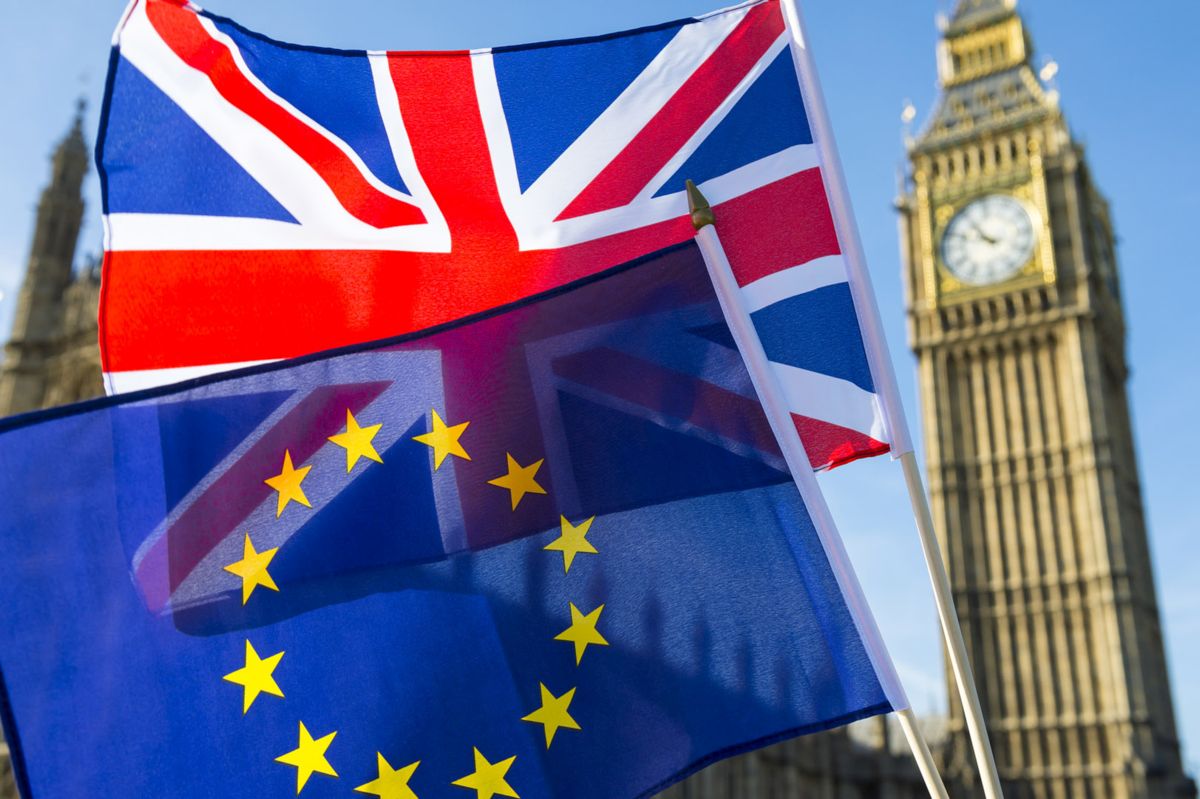Phase 2 of the UK’s Border Target Operating Model (BTOM) comes into force on 30 April 2024. This will focus on closer control of incoming phytosanitary and veterinary products. Eventually, in phase 3, Safety & Security Declarations will become mandatory for all goods imported from the European Union.
The first phase of the BTOM entered into force on 31 January 2024. Also, the United Kingdom introduced the ePhyto, an electronic version of the information from a phytosanitary certificate. In addition, the UK has made a last-minute decision to expand the list of plant-friendly products by adding a number of products to the list of medium- and high-risk goods. The list of animal products can also be updated at any moment. It is, therefore, advisable to check these lists regularly for changes in the risk level.
When the second phase of the BTOM comes into force on 30 April 2024, UK Customs will start carrying out physical checks on products of the medium-risk category and higher coming from the European Union (EU). These checks will also be moved from the destination place to designated Border Check Points (BCPs). Additional costs for inspections, longer transit times, and even different logistical routes due to the products in which the BCPs will specialise might occur. To avoid delays, it is advisable to start the preparation with logistics providers already now.
The risk percentages for physical controles can be found in the BTOM. High-risk products set at 100 per cent must always be inspected. As this is not the case for medium- and low-risk products, it may be interesting to separate low-risk products from products with a medium or high risk transport. Importers in the UK who are accredited as trusted traders may carry out the inspection at their own premises.
31 October 2024, the final phase of the BTOM will come into force. The Safety & Security Declarations will then become mandatory for all imports from the EU. In doing so, the UK has reduced the number of mandatory dataset fields. Usually, a customs agent will take care of the declaration for an importer, but for this they will need the right data. For example, a copy of the phytosanitary or health certificate, which can be provided to the cusoms agent by the importer as a pdf file.
Source: evofenedex

